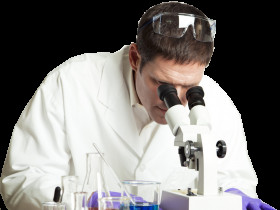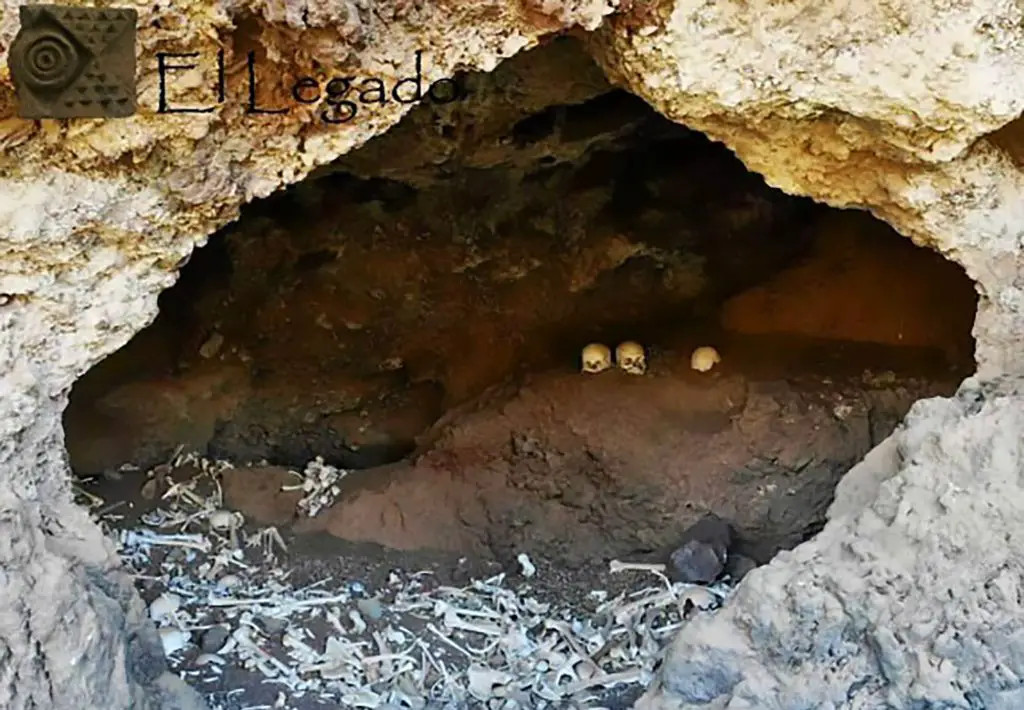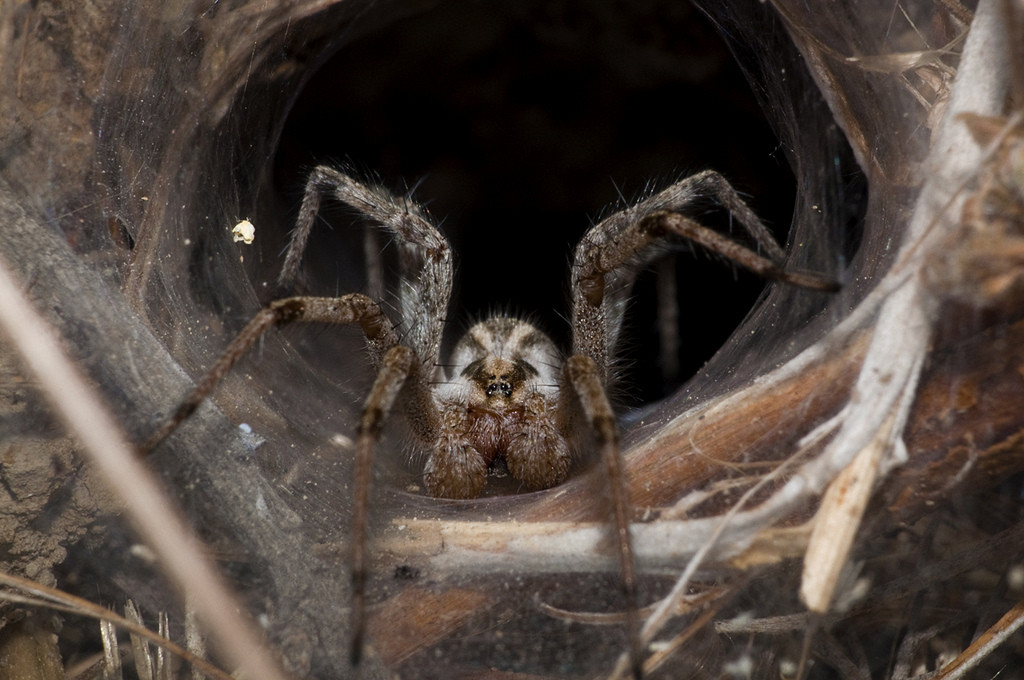The news is spreading like wildfire, seeming more like science fiction than reality. A team of American scientists has discovered a simple, safe, and fascinating way to make a living mouse transparent in minutes. This revolutionary discovery could have immense implications for medical diagnostics and research.
The Science Behind the Magic
Guosong Hong, a materials science researcher, and his colleagues at Stanford University in the United States, have achieved the remarkable feat of seeing inside a mouse without using a scalpel. They achieved this by making its skin transparent. To achieve this, they simply rubbed the shaved belly of the mouse with a solution containing tartrazine (E102), a yellow food dye commonly used in M&M's.
The Washington Post reports that “about five minutes later, the opaque skin of the mouse temporarily became a living window revealing the branching of the blood vessels, the muscle fibers and the contractions of the intestinal system”. These results, which may seem “magical”, “are based on the fundamentals of optics,” the American daily enthuses. They are the subject of a scientific article published in Science.
Before understanding how the skin can become transparent, a dive into the world of physics is necessary. As The Guardian perfectly explains, “when light passes through biological tissue, it is largely scattered because the structures”, which make up the tissue, “have different refractive indices” – which define how much light bends when passing through them – “and are also closely packed”. As a result, our eyes perceive opacity. It's like being in a fog.
Harnessing Tartrazine's Power
The researchers found that the tartrazine molecules, a yellow food dye, when absorbed by tissues, prevent light from scattering. It's as if they were dispersing the fog. They thus make the tissues transparent. And by simply rubbing a tartrazine solution onto the abdomen of a living mouse, for example, the researchers saw its intestines appear in just a few minutes. They already imagine that, by injection, the effect could open up even more possibilities.
Future Applications and Challenges
Could this technique be applied to human medicine? It could, in any case, replace some expensive diagnostic techniques. But the use of dyes can be harmful. So, as human skin is much thicker than that of mice, researchers must first determine the correct dosage. Or, perhaps, find other molecules that would be more effective than tartrazine.
This groundbreaking discovery could have far-reaching implications for medical diagnostics and research. Imagine being able to see inside a patient's body without surgery, allowing doctors to diagnose and treat diseases more effectively. The possibilities are vast, and the scientific community is eagerly awaiting further developments in this field. It is indeed a remarkable feat of science that brings us closer to a future where diseases can be detected and treated with greater precision and less invasiveness.
Transparency in the Future
The future of this research lies in exploring the potential for this technique to be used in humans. If scientists can find a safe and effective way to make human skin transparent, it could revolutionize the way we diagnose and treat diseases. It could also lead to new discoveries in the field of medicine, as scientists would be able to see the human body in a way that has never been possible before. This research holds immense promise for the future of medicine, and we can only wait with anticipation to see what breakthroughs it will bring in the years to come.


















